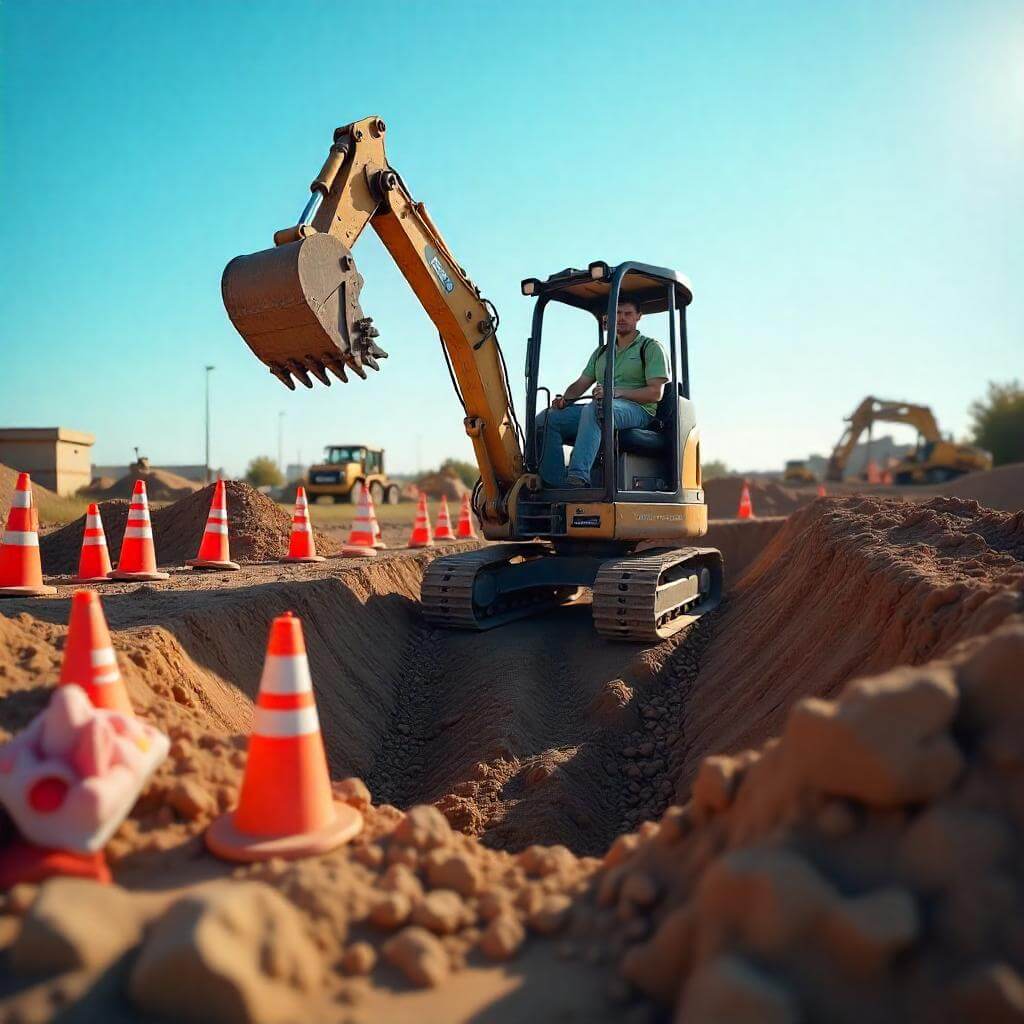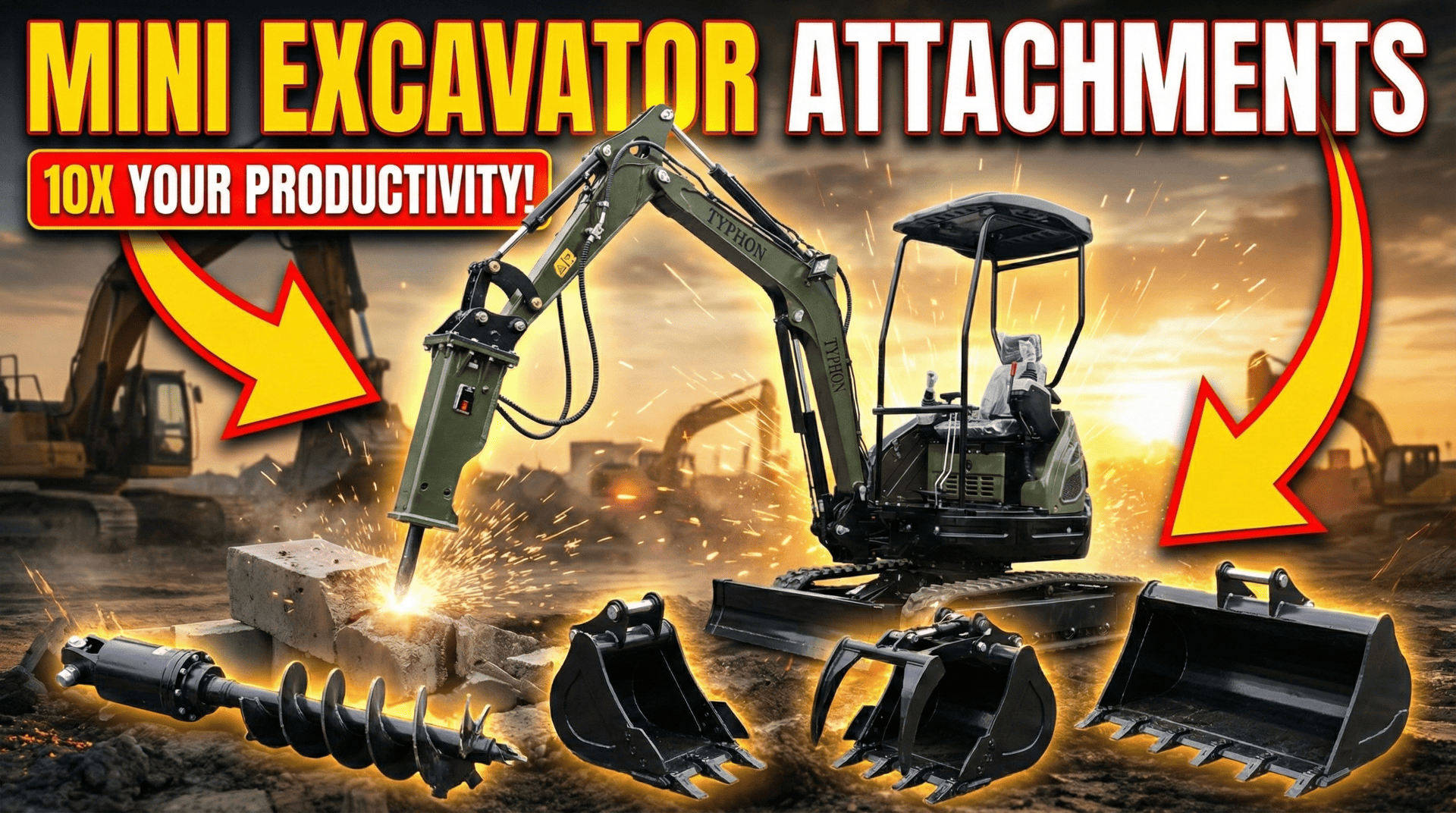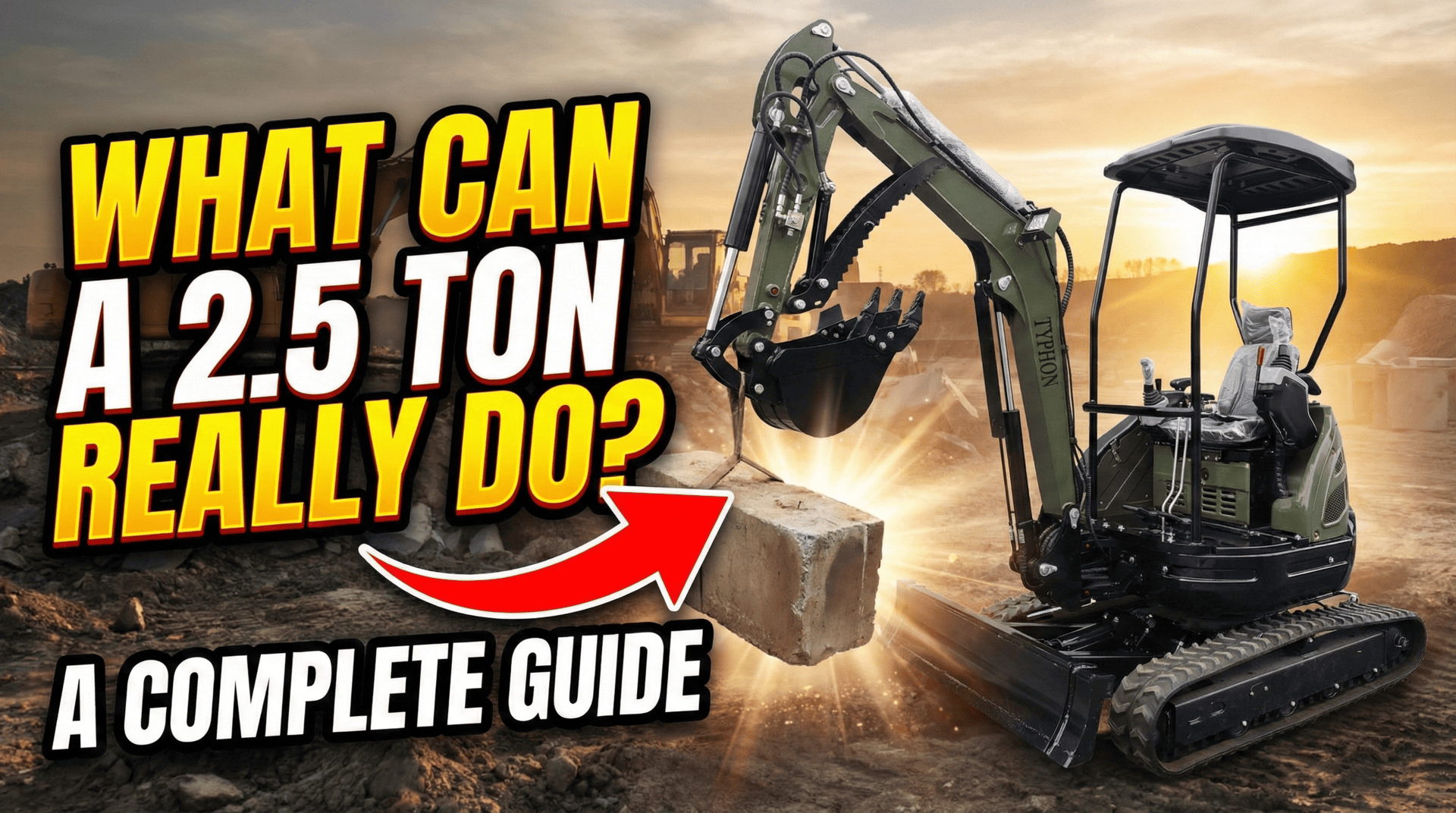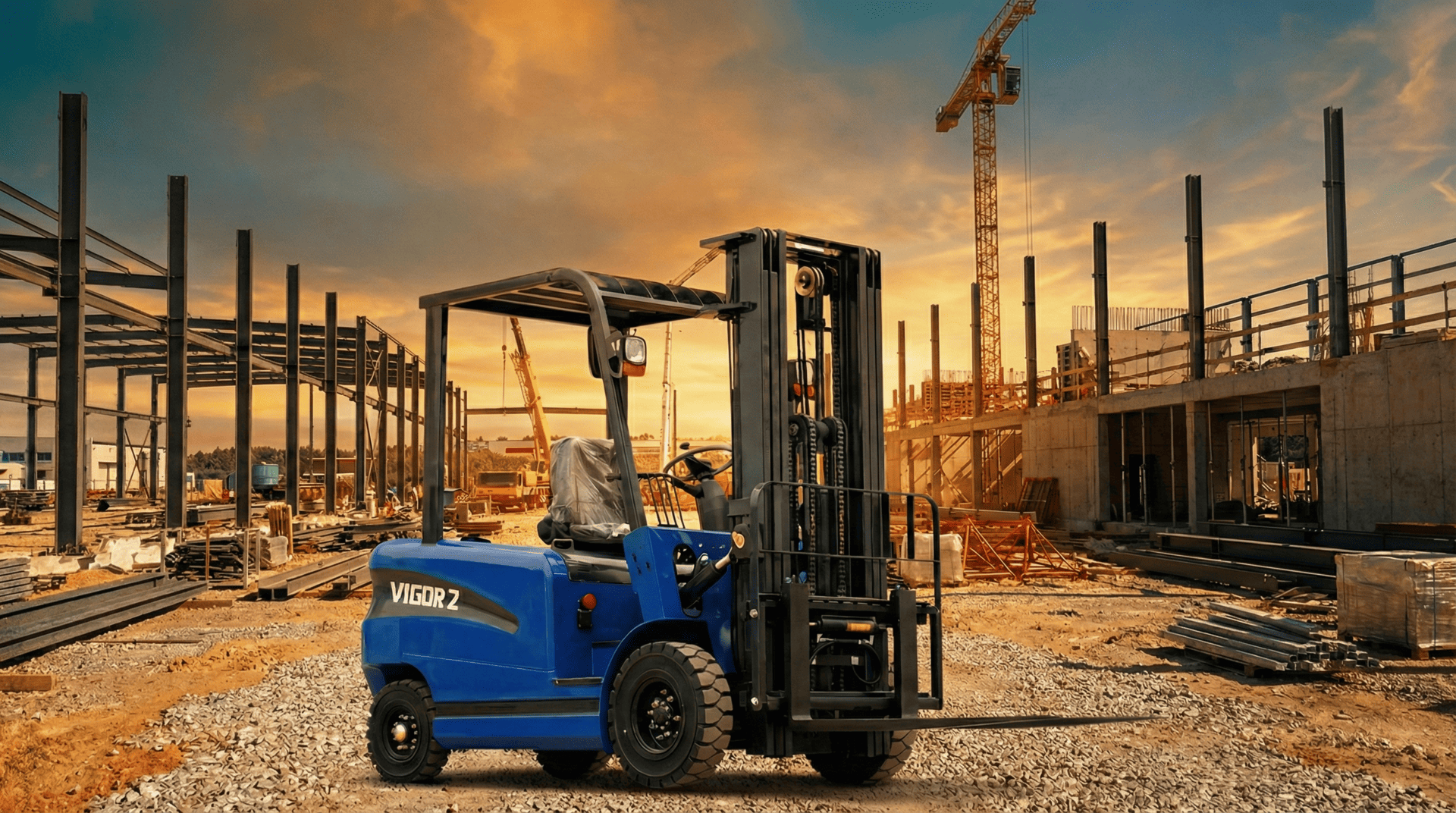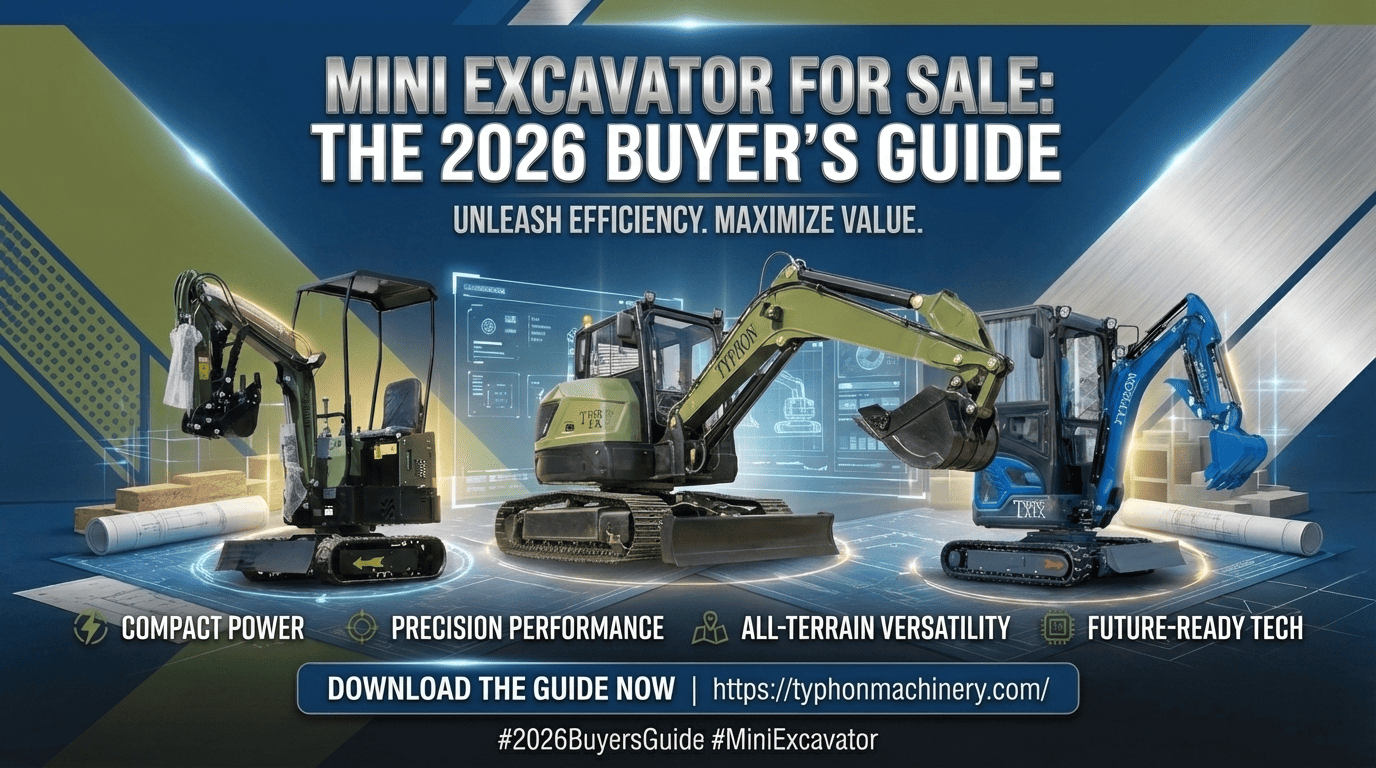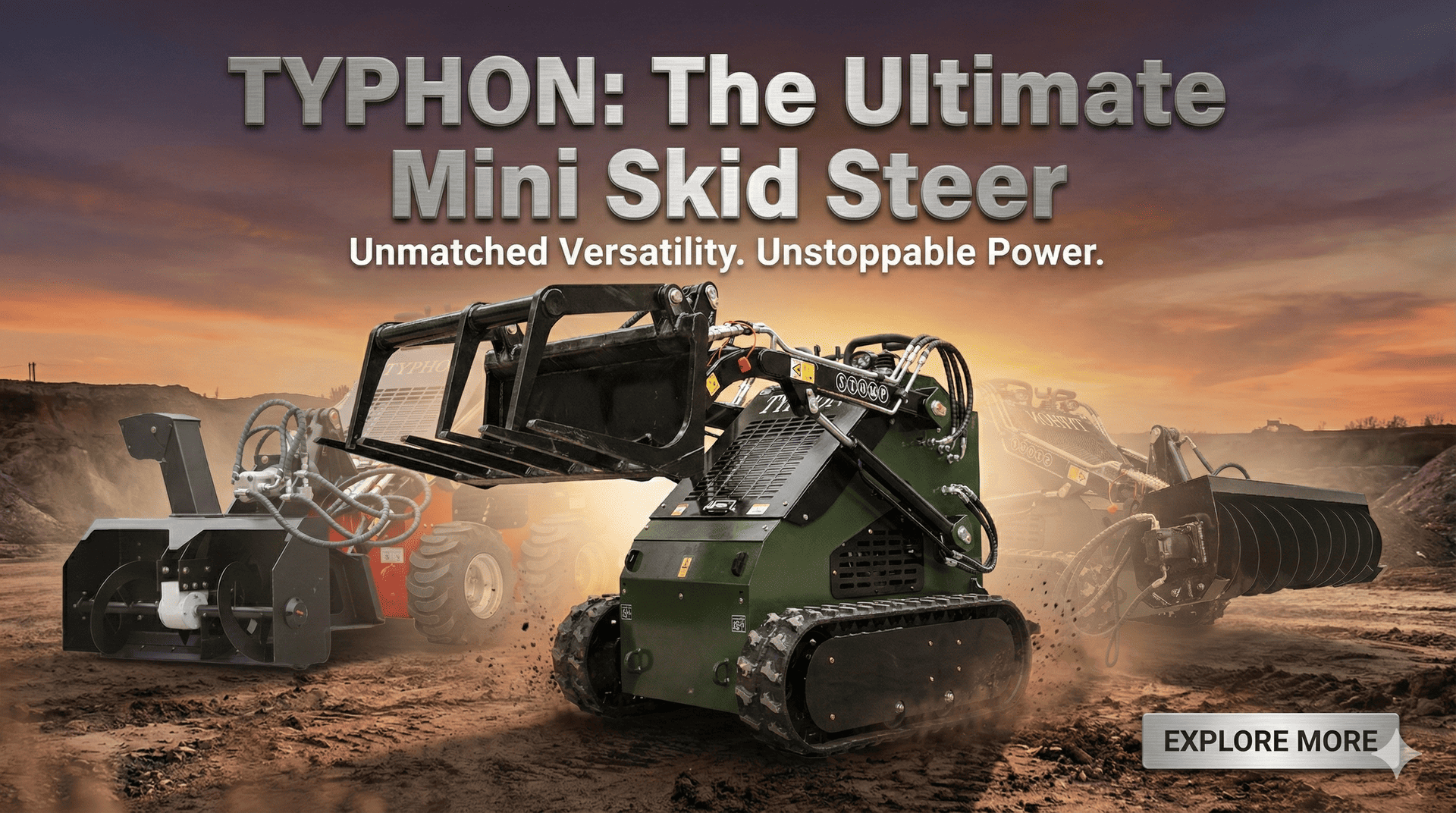Among the many machines at a project site, the mini excavator emerges as a compact yet mighty contender. Its versatile design, agility, and ability to handle tough jobs open a world of possibilities tailored to specific project needs. From tight urban spaces to delicate landscaping projects, the mini excavator gives operators everything they need to complete jobs with precision.
Understanding the usage of a mini excavator will ensure you can take on big jobs as well.
Mini Excavator Parts
knowledge of what makes a mini excavator a good addition to your fleet, look at the mini excavator parts that form its mechanical anatomy and know its functions:
Cab and controls: The main part of the mini excavator is its operator’s cab, where controls and information clusters are strategically positioned for effective operation. Joysticks, pedals, levers, and buttons allow the operator to control all movements and features of the machine.
Boom, arm, and bucket: The boom, arm, and bucket help excavation and lifting. The boom extends upward while the arm expands to reach out. The bucket, attached to the arm, is the basic tool for digging, scooping, and material shifting. You can also replace the bucket with other tools, such as grapples, to accomplish a variety of tasks.
Hydraulic system: The hydraulic system works with pumps, cylinders, hoses, and valves. it converts hydraulic energy into mechanical force, enabling precise control of the attachments.
Engine: The engine uses fuel and converts it into mechanical energy to power the hydraulic system of the excavator and helps in the machine’s movements.
Swing mechanism: The swing system lets the mini excavator rotate 360 degrees. It works on a hydraulic motor and gearing system that helps the upper structure to pivot on the undercarriage for positioning.
Counterweight: The counterweight is ideally placed to balance the excavator during work. It maintains the weight of the boom, arm, and attachments, ensuring stability and preventing tipping.
Mini vs. Standard Excavators
These two different machines are used in different project requirements. To make an intelligent choice between the different excavator models, you must understand their uses and match their power with project demands.
The Mini Excavator
The new mini excavator can go almost anywhere due to its compact design and maneuverability. It works great where space is limited, making it ideal for urban settings and tasks like landscaping, utility work, and minor demolitions in close spaces.
Explore what a mini excavator is and its uses by looking at the following key features and attributes:
Maneuverability: This mini machine’s compact size allows it unparalleled maneuverability. It can easily pass through tight spots, narrow passageways, and close areas where larger equipment wouldn’t fit.
Versatility: Despite its smaller structure, the mini excavator is versatile and multifunctional. It can handle tasks including trenching, digging, landscaping, and utility work. Hydraulic precision: Equipped with advanced hydraulic systems, the mini excavator offers precise control over its movements and attachments. This enables operators to perform delicate operations with accuracy and finesse.
Weight considerations: The reduced weight of the mini excavator minimizes its impact on delicate surfaces, making it suitable for tasks that require care and preservation of the surroundings.
The Standard Excavator
On the other end of the spectrum, the standard excavator has more power and lifting capacity than the mini version. It excels in projects requiring significant earthmoving, digging and lifting capabilities. Its larger size and extended operational range make it perfect for foundation digging, large-scale trenching, and substantial demolition work.
A few noteworthy attributes and features include:
Lifting capacity: One of the defining features of the standard excavator is its exceptional lifting capacity. Equipped with a robust hydraulic system, it can effortlessly hoist and maneuver heavy loads, making it an ideal choice for tasks that require significant lifting power.
Extended operational reach: The standard excavator boasts a long reach and digging depth, equipping it to take on demanding projects that require large amounts of material to be moved efficiently.
Durability: Built for heavy-duty tasks, the standard excavator is designed to withstand rigorous use. Its sturdy construction ensures longevity even when subjected to harsh work environments.
Attachment compatibility: This size of excavator is also compatible with various attachments, allowing it to adapt to different tasks. Attachments such as buckets, hammers and grapples enhance its capabilities and broaden its utility.

